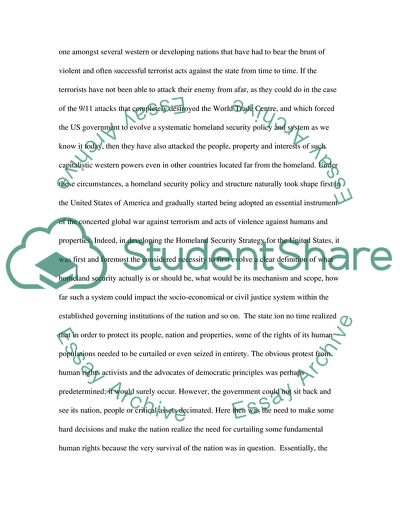Cite this document
(Homeland Security in the United States Assignment - 1, n.d.)
Homeland Security in the United States Assignment - 1. Retrieved from https://studentshare.org/social-science/1751659-contemporary-issuetopic
Homeland Security in the United States Assignment - 1. Retrieved from https://studentshare.org/social-science/1751659-contemporary-issuetopic
(Homeland Security in the United States Assignment - 1)
Homeland Security in the United States Assignment - 1. https://studentshare.org/social-science/1751659-contemporary-issuetopic.
Homeland Security in the United States Assignment - 1. https://studentshare.org/social-science/1751659-contemporary-issuetopic.
“Homeland Security in the United States Assignment - 1”, n.d. https://studentshare.org/social-science/1751659-contemporary-issuetopic.


